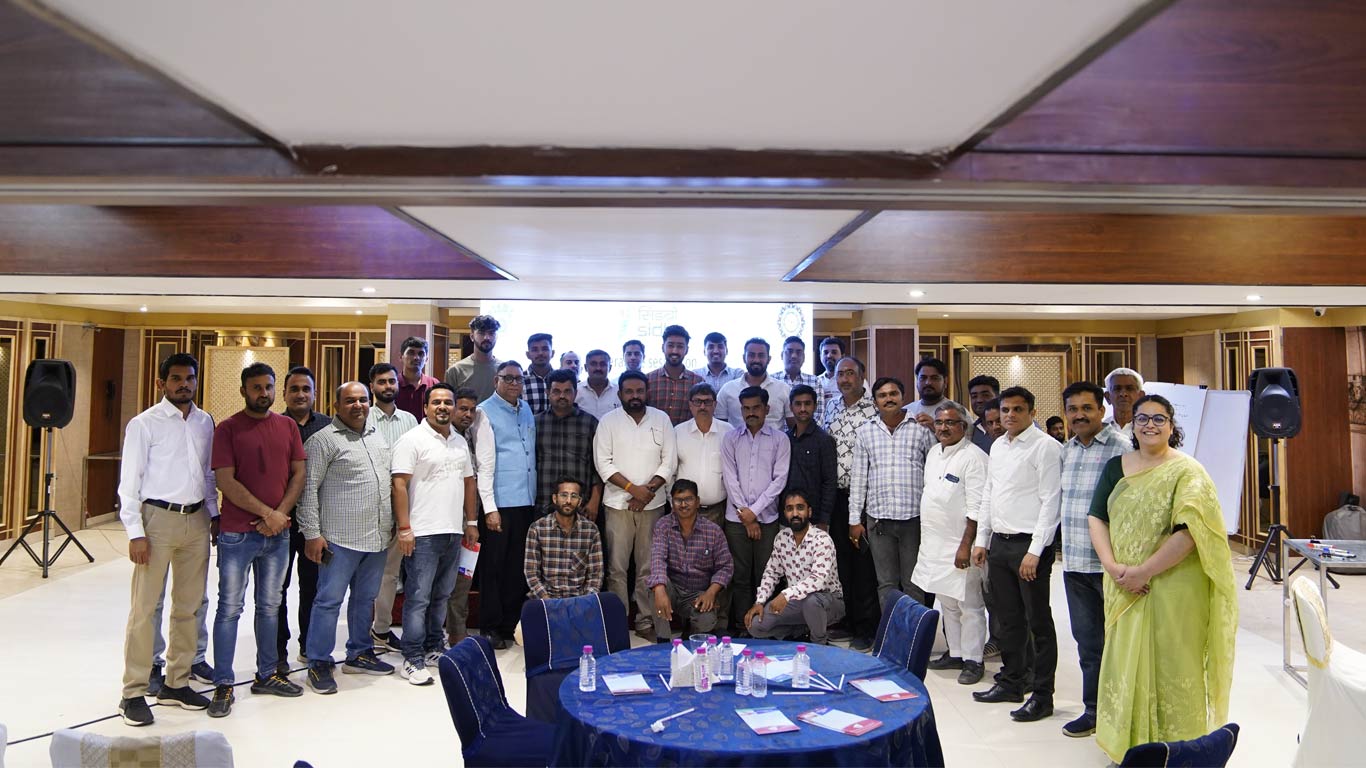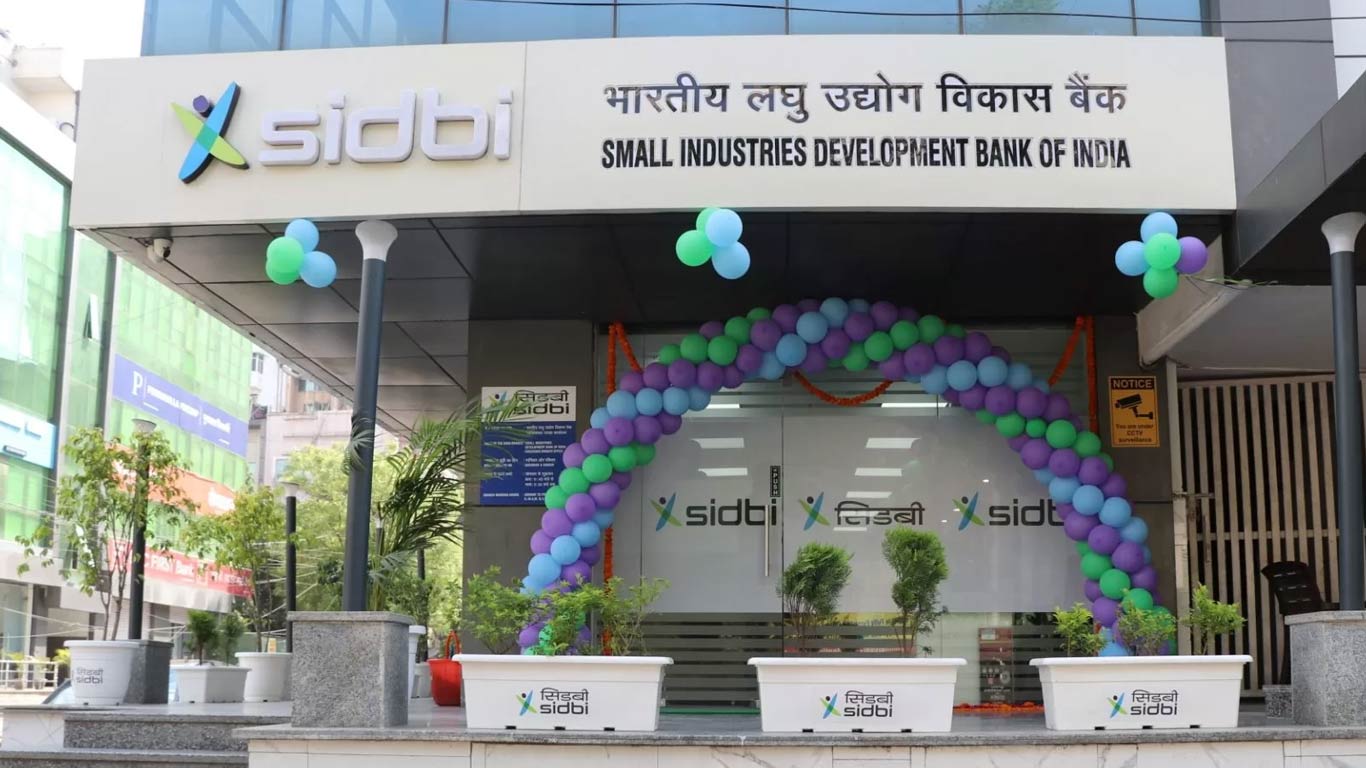Measures in place to empower mega handloom cluster in Varanasi
Updated: Sep 11, 2013 03:24:16pm

There are 470 handloom clusters, out of which 240 clusters have less than 1000 handlooms and 230 clusters have more than 1000 handlooms. Out of these 230 clusters, there are 41 clusters, which have over 25,000 handlooms. Some of these clusters have very poor infrastructure and common facilities, causing hardships to the weavers.
To overcome these constraints faced by the weavers, the textile ministry wants to provide full power backups to the Varanasi Mega Handloom Cluster (VMHC), so that weavers can carry out their weaving activity without loss of time.
“It will serve as an alternate source of light to be used in the absence of regular supply of electricity,” said the Director, Office of the Development Commissioner (Handlooms) in a notification.
The textile ministry is implementing the “Comprehensive Handloom Cluster Development Scheme (CHCDS)” for integrated and holistic development of Varanasi mega handloom cluster.
Comprehensive Handloom Cluster Development Scheme was introduced in 2008-09 for development of two Mega Handloom Clusters i.e. Varanasi (Uttar Pradesh) and Sivasagar (Assam). The handloom weavers shall be the focus for assistance under this scheme.
It contributes about 14 per cent to the industrial production, 4 per cent to the GDP and 11 per cent to the country’s export earnings. The textile sector is the second largest provider of employment after agriculture.
The handloom sector accounts for around 15 per cent of the total cloth produced in the country (excluding wool, silk and yarn), and have the largest infrastructure with 2.3 million weaving looms.
The total handloom cloth production in India reached 6.9 billion sq m in 2012–13, up from 6.6 billion sq m in 2008–09. The country supplies 95 per cent of world demand for hand woven fabric. (KNN/SD)











